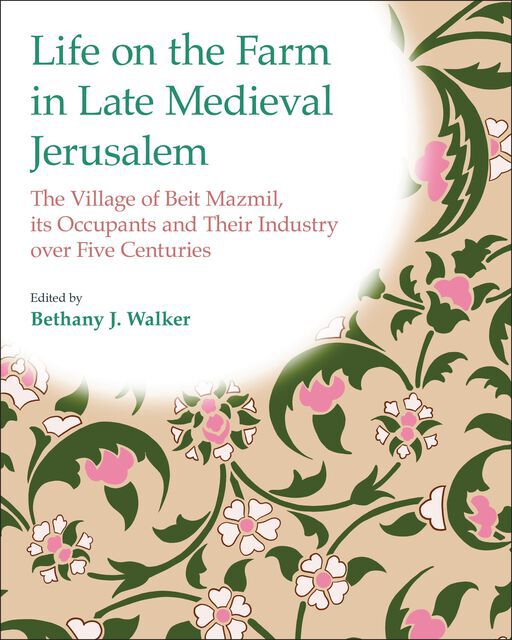Walker/Life on the Farm, 5. The Making of a Family Farmstead: Emergence and Demise of the Ottoman ‘Ezbeh

Full description
The Ottoman and post- Ottoman occupation of the site was framed by four events, the impact of which will be explored in more depth in the chapter that follows: the Ottoman conquest of Jerusalem in 1516; the Naqib al- Ashraf revolt of 1703; local implementation of the Tanzimat Land Law of 1858; and the earthquake of 1927. For at least a century, many of the architectural remains of Khirbet Beit Mazmīl continued to look much as they did in the Mamluk period, the new residents doing selective maintenance to keep it habitable; others, however, were slowly abandoned and covered with soil for cultivation. Only in the 19th century was the site dramatically transformed physically, though its function remained largely the same. This chapter follows the long, post-Mamluk history of occupation of Khirbet Beit Mazmīl, focusing on the site formation processes that created the ruins we saw when we began excavations in 2015, as well as the cultural practices that defined daily life there from the 16th through until the early 20th centuries.
- typeImage
- created on
- file formatjpg
- file size65 KB
- container titleLife on the Farm in Late Medieval Jerusalem: The Village of Beit Mazmil, Its Occupants and Their Industry over Five Centuries
- creatorBethany J. Walker et al.
- isbn9781800505551 (eBook)
- publisherEquinox Publishing Ltd.
- publisher placeSheffield, United Kingdom
- rights holderEquinox Publishing Ltd.
- series titleMonographs in Islamic Archaeology
- doi
We use cookies to analyze our traffic. Please decide if you are willing to accept cookies from our website. You can change this setting anytime in Privacy Settings.
